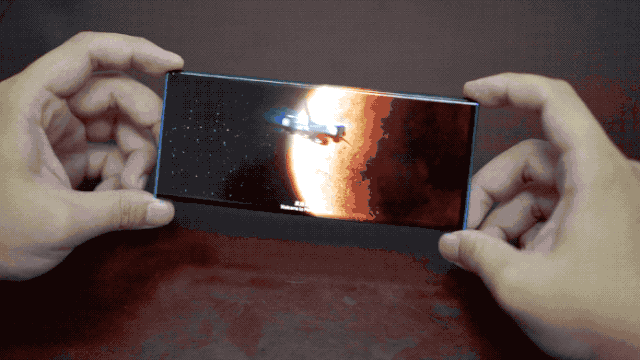
07-30: ByteDance has confirmed that the company is developing a smartphone; PPO has showcased a prototype device packing a “waterfall screen”; Qualcomm has announced a strategic relationship with the Interactive Entertainment Group (IEG) of Tencent; etc.
Chipsets
Qualcomm has announced a strategic relationship with the Interactive Entertainment Group (IEG) of Tencent, to identify and create leading immersive mobile user experiences in gaming and entertainment. The collaboration includes a joint innovation center designed to explore new user gaming and application experience in the future by utilizing the strengths of both parties. (My Drivers, Reuters, CNBC, Forbes, Qualcomm)
Huawei has launched Kunpeng industrial ecosystem base and supercomputing center in Xiamen, Southeast China’s Fujian Province, which will provide computing services for local governments and major local state-owned enterprises using Huawei chips and operating systems. The supercomputing center project is expected to cost CNY1.5B. (CN Beta, SCMP, Global Times)
Digitimes reports that Huawei is aiming to have 60% of its phones powered by HiSilicon processors in 2H19. This figure was standing at 45% in 1H19 and under 40% in 2H18. Virtually all of the company’s high-end and mid-range phones are powered by in-house chipsets already. This means Huawei will need to focus on producing low-end silicon if it hopes to dramatically boost adoption of its in-house processors. (Android Authority, Digitimes, press)
Touch Display
OPPO has showcased a prototype device packing a “waterfall screen”, which features an aggressive 88º fold on both the left and right sides. When viewed directly from the front, the bezels are practically invisible. (GizChina, Engadget, CN Beta)
Samsung’s patent is showcasing a phone with three displays, one on top of the other and that unfold like a fan. A screen consisting of three panels that pivot on an axis to deploy is described. (GizChina, LetsGoDigital, CN Beta)
Taiwan-based driver IC developer Novatek Microelectronics says that it expects shipments of AMOLED drivers will double from 3M in 1Q19 to 6M in 2Q19. Growth at Novatek is fueled by strong demand for OLED drivers and TDDI chips. (OLED-Info, Taipei Times, HQEW, China Times, UDN)
Camera
Lenovo has been granted two patents. Each one is for a different variant of a slider smartphone that reveals the front-facing camera array. (GSM Arena, Tiger Mobiles)
Optical module and component maker Young Optics has nearly completed its second factory to produce molded glass lens pieces in Bangladesh, with the trial production to begin in 3Q19 and the volume production to kick off in the following quarter, according to company CEO Claude Hsu. (Digitimes, press, Money DJ)
University of California San Diego has created a robotic lens that is controlled by small eye movements, including double blinks to zoom in and out. The lenses mimic the natural electric signals in the human eyeball that are active even when the eye itself is closed. They measured the electrical potential of the eye (“electro-oculographic signal”) and then made lenses that would respond to that activity. (Engadget, Wiley, The Independent, CNET, New Scientist, Sohu)
Sensory
Google’s Advanced Technology and Projects team (ATAP) has been working on Soli, a motion-sensing radar. Google has developed a miniature version located at the top of Pixel 4 that senses small motions around the phone, combining unique software algorithms with the advanced hardware sensor, so it can recognize gestures and detect when the user nearby. (Apple Insider, Google, CN Beta)
TF Securities analyst Ming-Chi Kuo indicates that the shipment of smartphone equipped with VCSEL (rear and front) would increase dramatically in 2020, up 450%-500% on year to 75M~80M units. He believes high-end segment would have more smartphones equipped with VCSEL: in 2019 mainly by Huawei, and in 2020 mainly by Apple and Huawei. He believes that Crytal-Optech, EMIS, Lumentum and Viavi would be beneficial from this. (TF Securities, Digital Trends, CNBC)
Stanford physicists have developed a “quantum microphone” so sensitive that it can measure individual particles of sound, called phonons. The device could eventually lead to smaller, more efficient quantum computers that operate by manipulating sound rather than light. (Engadget, Stanford, Nature, CN Beta)
Biometrics
Google Pixel 4 owners will be able to both unlock their device and authenticate payments with Face Unlock. The system relies on two IR cameras, a dot projector, a flood illuminator, and an ambient light and proximity sensor. It includes a Soli radar chip, which will trigger facial recognition sensors as a person is still picking up the phone. (Apple Insider, Google, CN Beta)
Battery
OPPO has announced that it has signed a license agreement with 8 companies, including product and chipset manufacturers, to develop, manufacture and sell devices with support for VOOC Flash Charging technology. (CN Beta, Gizmo China)
Tesla has designed and engineered a new battery product specifically for utility-scale projects: Megapack. Megapack significantly reduces the complexity of large-scale battery storage and provides an easy installation and connection process. Each Megapack comes from the factory fully-assembled with up to 3 megawatt hours (MWhs) of storage and 1.5 MW of inverter capacity, building on Powerpack’s engineering with an AC interface and 60% increase in energy density. (CN Beta, Tesla, New Atlas)
Connectivity
Despite suffering hiccups in obtaining advanced 5G base stations chips from US suppliers, Huawei is still aggressively taking a 3-pronged approach in carrying out its 5G deployments, namely 5G base stations, 5G smartphones and 5G CPE (customer premise equipment) series devices, according to Digitimes. (Digitimes, Digitimes, press)
Phone
vivo is on a roll in India, smashing its previous record of 4.5M units to ship 5.8M smartphones in 2Q19. Its market share hit 18%, up from 10% a year ago and 15% in 1Q19. Its performance streak is particularly impressive against an overall smartphone market which declined slightly in India, to 33.0M units. Xiaomi has extended its reign to eight consecutive quarters as it shipped 10.3M smartphones and achieved more than 30% share for the second quarter in a row. vivo is placed third, followed by OPPO and Realme, in 4th and 5th place, respectively. (GizChina, Canalys, CN Beta)
ByteDance, owner of TikTok, has confirmed that the company is developing a smartphone, following a deal it made with device maker Smartisan. The company has revealed that the phone is a continuation of earlier Smartisan plans, aiming to satisfy the needs of the old Smartisan user base. (Pocket-Lint, Reuters, The Verge, CN Beta)
Huawei Developer alliance is online, launching its own DFH certification—Huawei’s smart accessories partnership plan “Design for Huawei”. Actually Huawei has started deploying DFH program a year ago. DFH is an accessory partner program for Huawei smartphones, tablets and wearables. It is committed to providing accessories compatible with Huawei’s end products. (My Drivers, CN Beta)
PC / Tablet
Microsoft has announced that it is acquiring software security firm BlueTalon. The BlueTalon team will now work on developing deep data privacy solutions as part of Azure data. It will also be providing its own Unified Data Access Control solutions for modern data platforms. (CN Beta, Neowin, Microsoft)
Digitimes is reporting that Apple is launching 16” MacBook Pro, which will feature an “ultra-narrow bezel” design and launch in Sept 2019. Taiwanese contract manufacturer Quanta Computer is expected to assemble the notebook. (Mac Rumors, Digitimes, Sohu)
Home
Google and Huawei have been reportedly months away from launching a Huawei-branded smart speaker. However, the progress came to a halt when the Trump administration blacklisted Huawei. (TechCrunch, CN Beta, Engadget, The Information)
Automotive
Grab, the on-demand transportation app worth USD14B, has announced how it would be using some of the USD7B or so that it has raised to date: USD2B provided by SoftBank is being earmarked Grab’s operations in Indonesia over the next 5 years, to help it go head-to-head with local rival Gojek. (TechCrunch, Grab, Yicai)
Tesla has agreed to pay China CNY2.23B (USD323M) in tax every year as part of a deal with local authorities to build an electric-vehicle factory on the outskirts of Shanghai. Under the terms of the lease with the Shanghai government, Tesla must start generating the annual tax revenues at the end of 2023 — or hand the land back, the company’s latest quarterly filing shows. (CN Beta, Yahoo)
Artificial Intelligence
Sense is developing a platform that taps AI to provide real-time insights on electrical usage. With a combination of sensors that connect to breakers inside the home’s electrical panel, a Wi-Fi-enabled dedicated compute box, and number-crunching remote servers, the company’s USD299 home energy monitoring system can distinguish among the electrical signatures of plugged-in devices. (VentureBeat, IU Vision)
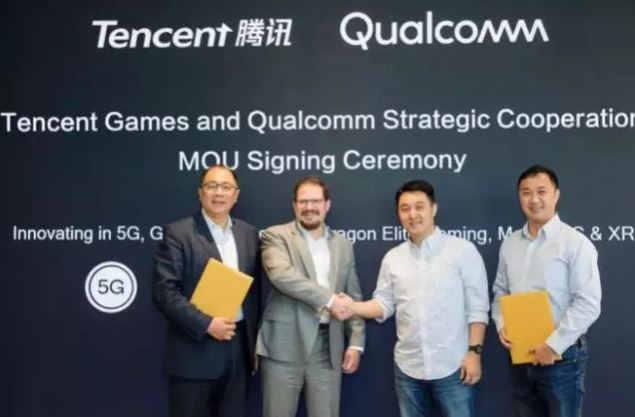
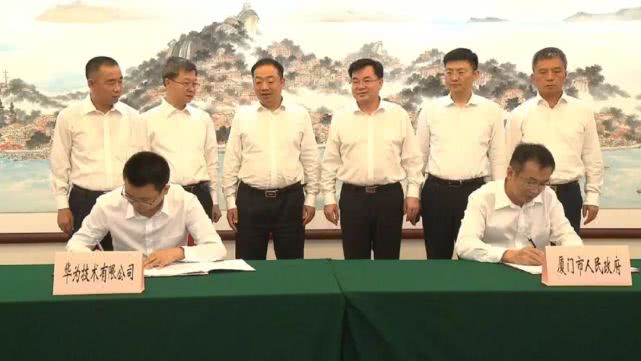
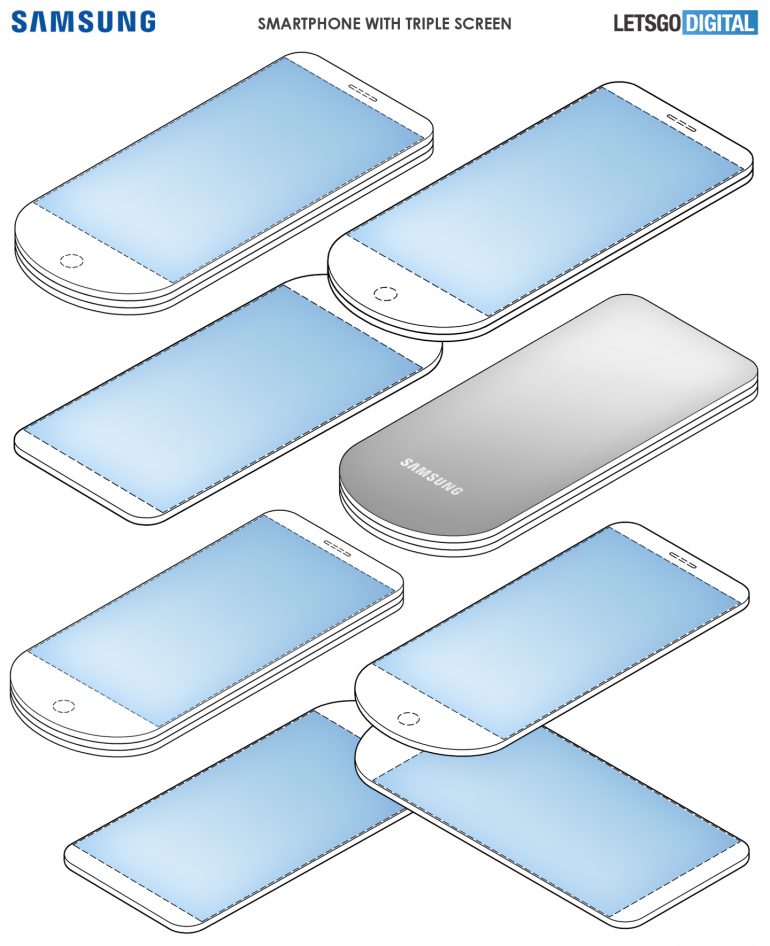
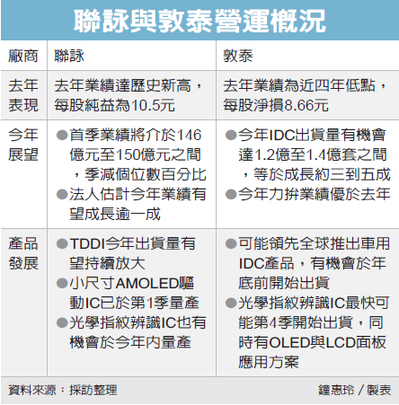
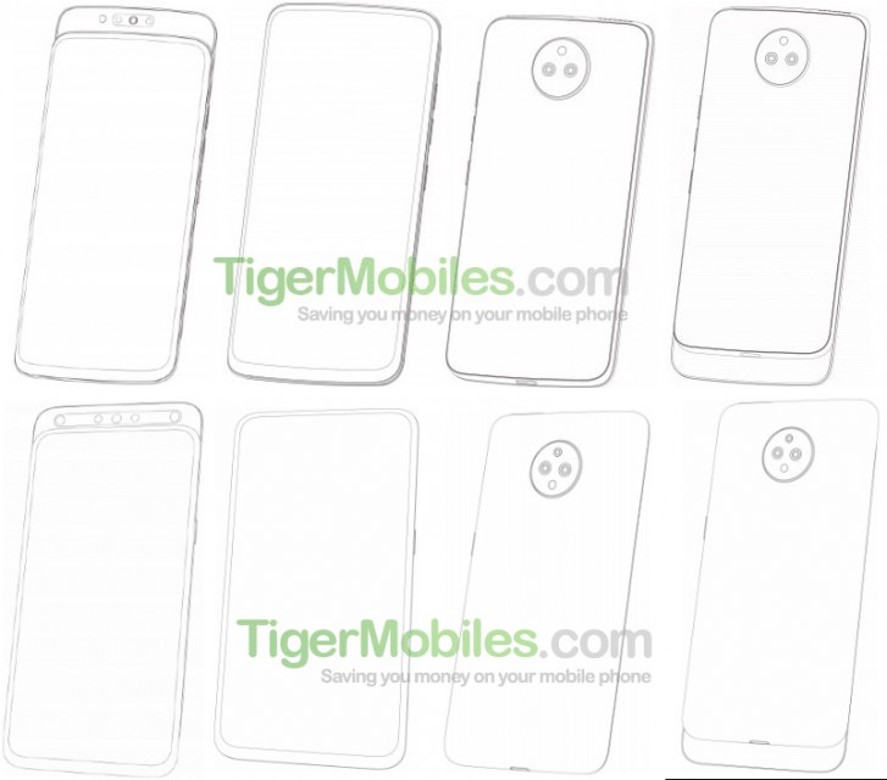
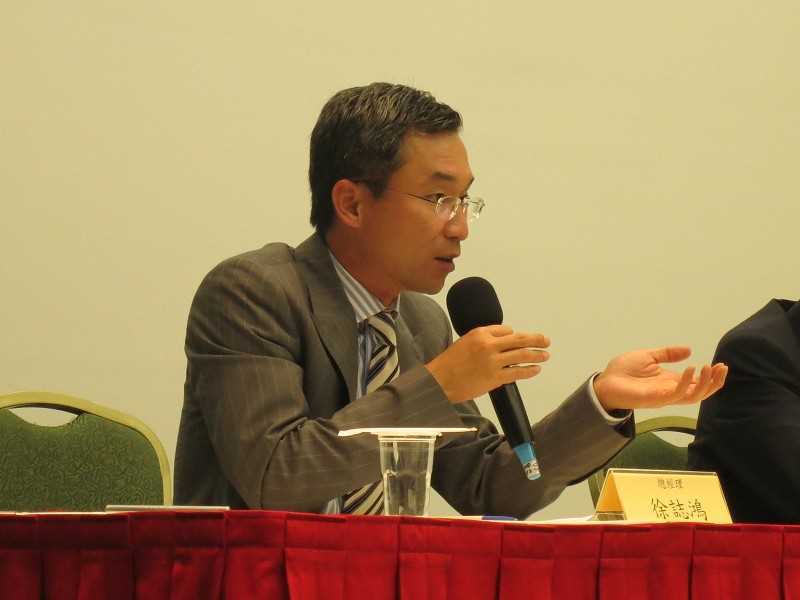
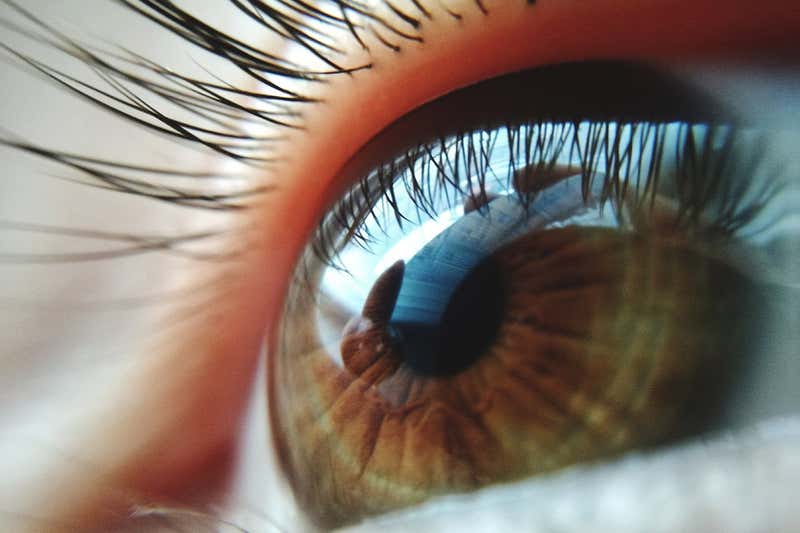
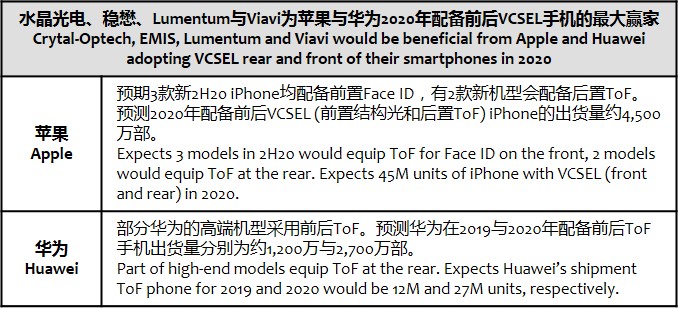
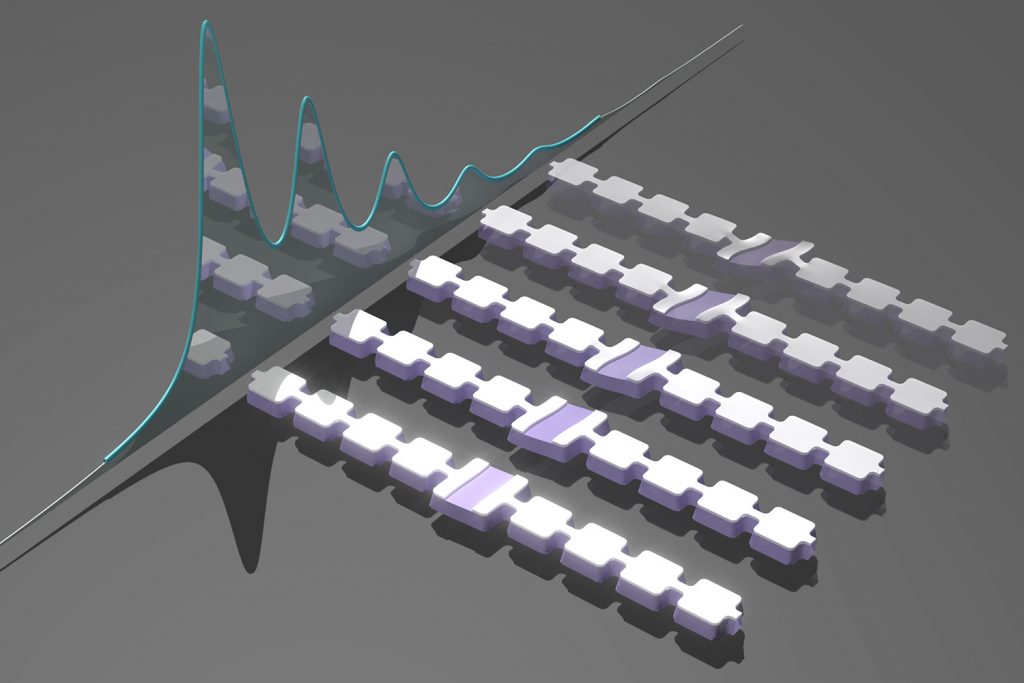
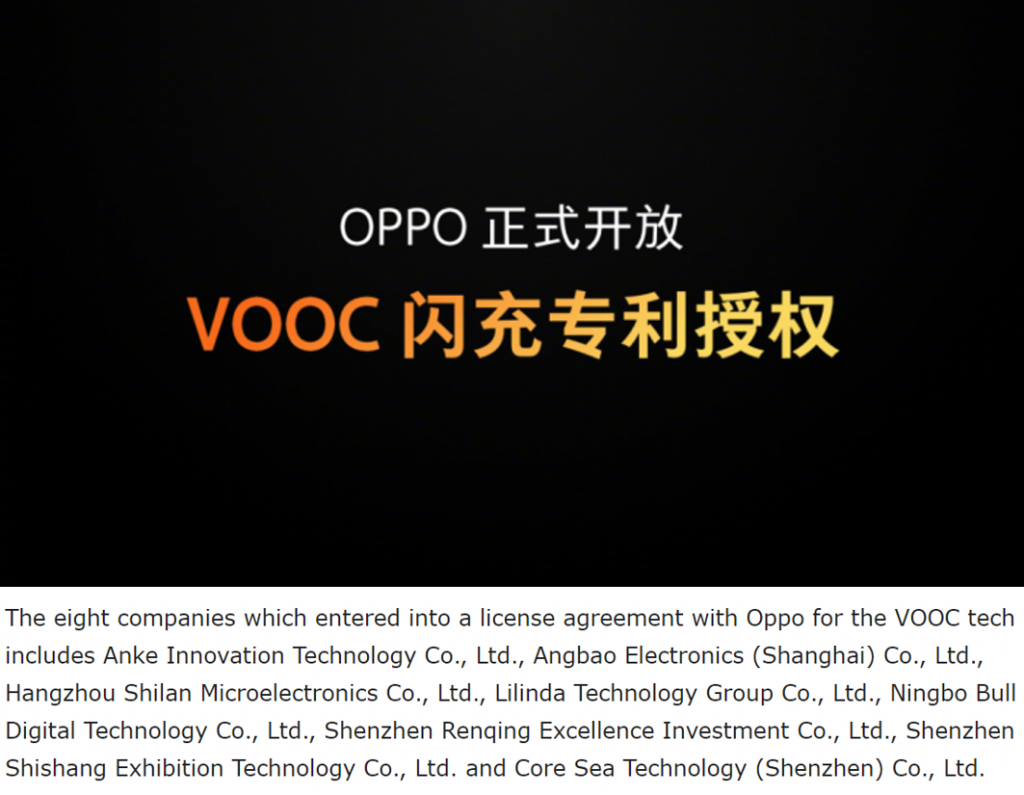
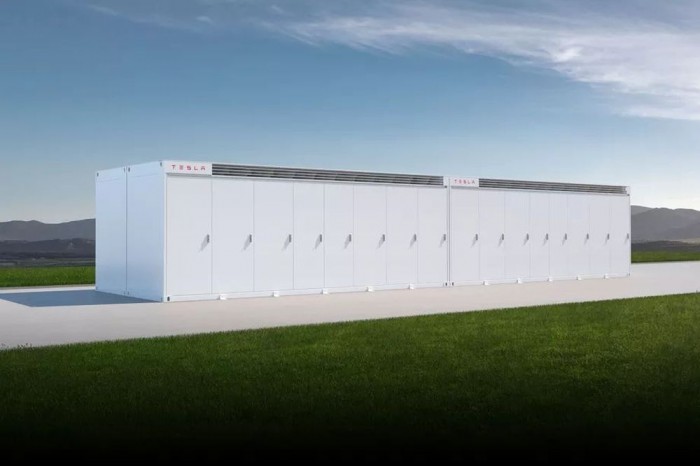
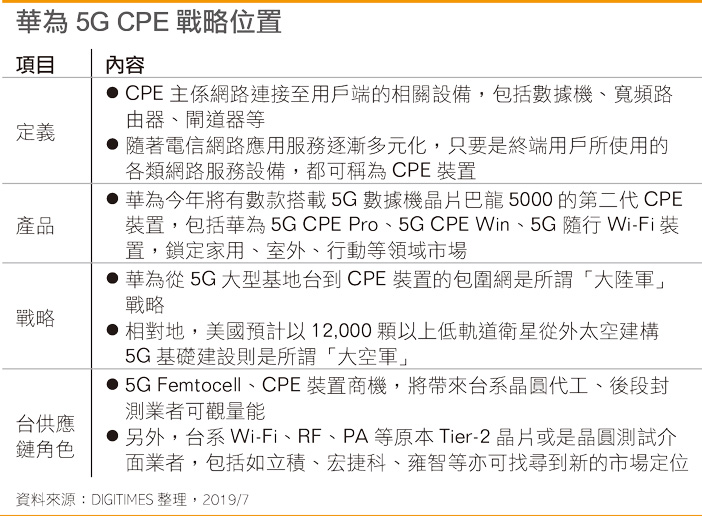
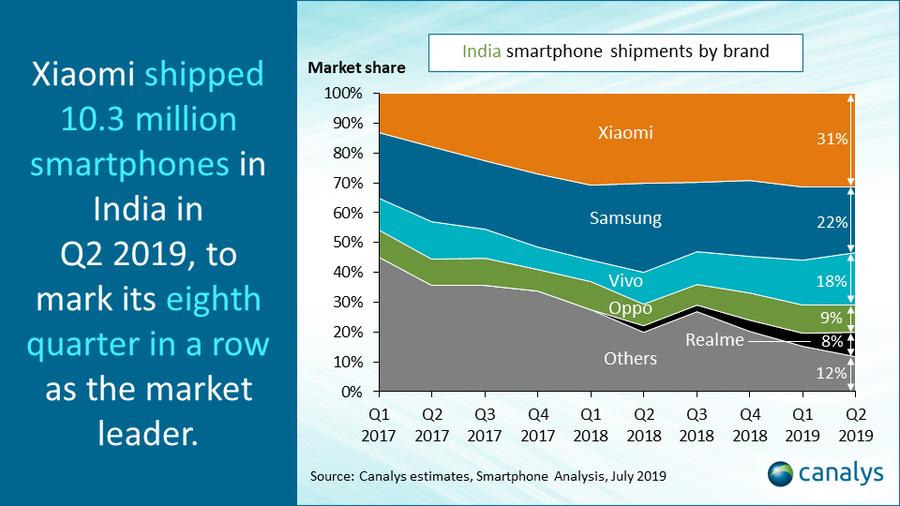
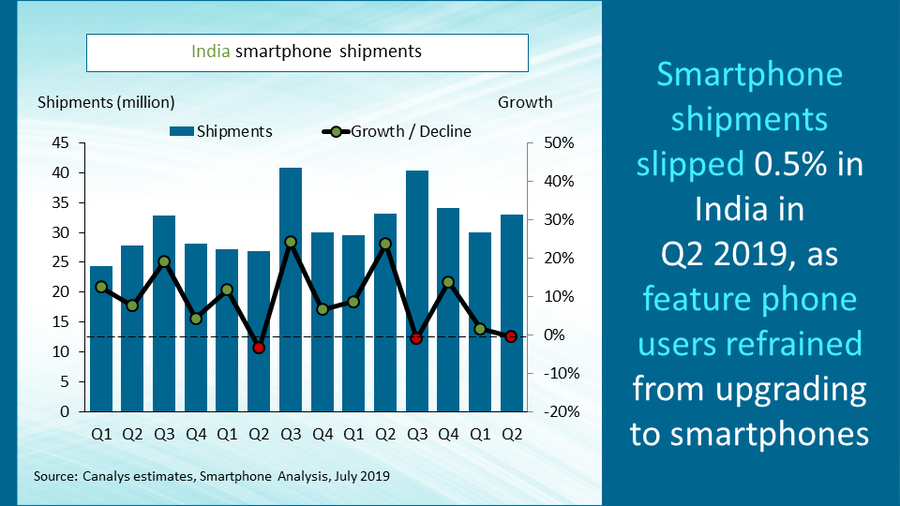


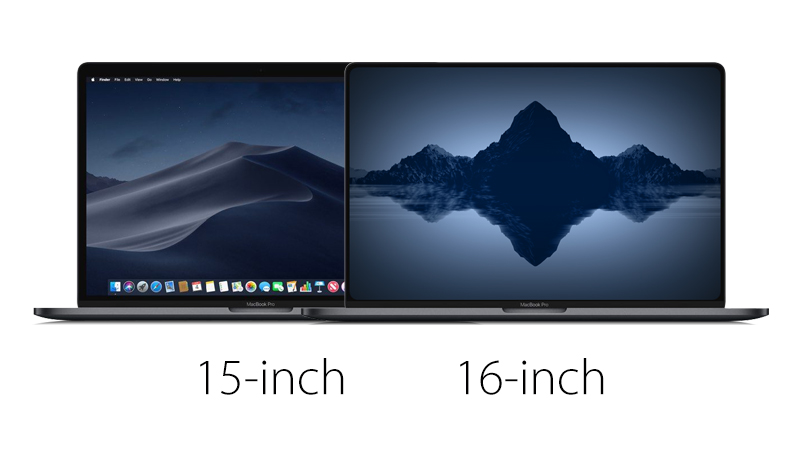
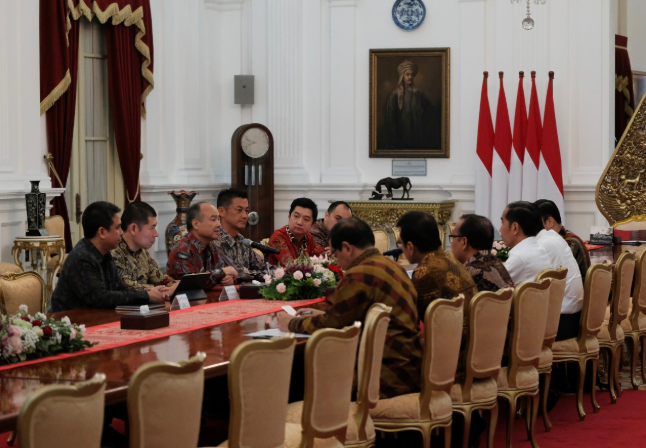
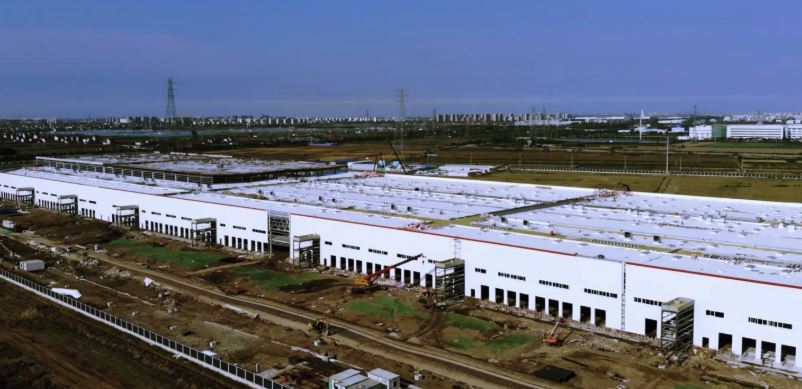
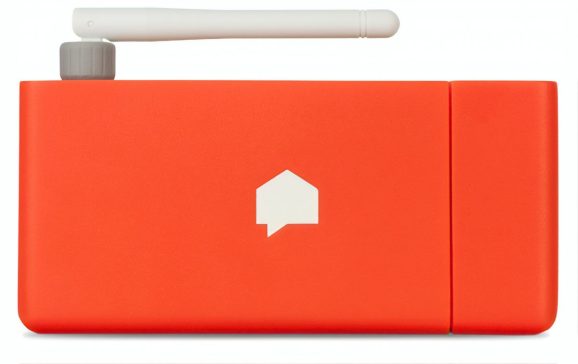
The content which you have provided on the phone is really productive and easily understandable. I’ll visit your website again in future for more updates.
An additional issue is that video gaming has become one of the all-time largest forms of entertainment for people of every age group. Kids engage in video games, and also adults do, too. The particular XBox 360 is among the favorite gaming systems for those who love to have hundreds of games available to them, as well as who like to experiment with live with other folks all over the world. Thank you for sharing your opinions.